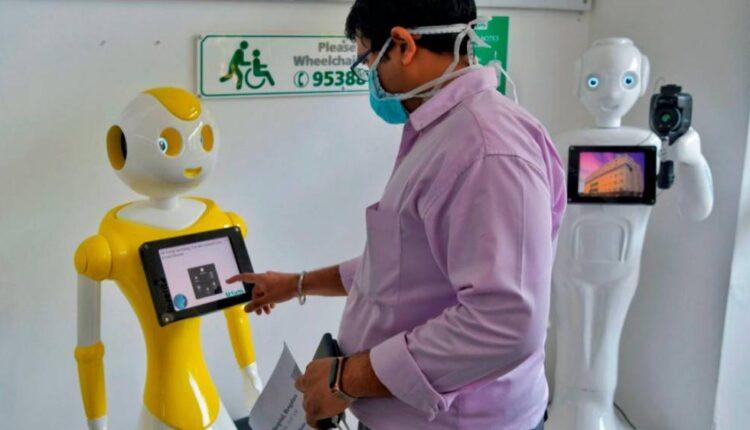London (CNN Business)In India, the country with the world’s second-highest number of Covid-19 cases, a handful of hospitals has started to use robots to connect patients with their loved ones, and assist healthcare workers on the frontlines of the pandemic.
Bangalore-based Invento Robotics has designed three robots to carry out tasks ranging from disinfecting surfaces to answering patient questions and enabling video consultations with doctors. Of the eight the company has so far deployed, the most popular model is Mitra, which means friend in Hindi and costs around $10,000. Using facial-recognition technology, the robot can recall the names and faces of patients it has interacted with. Mitra can roam around a hospital independently, helping patients connect with family and doctors via its cameras and a video screen attached to its chest.
“Mitra can be the nurse’s or doctor’s assistant, take readings and vitals, remind them of medications,” says Balaji Viswanathan, CEO of Invento Robotics.He says the human-like robot engages with patients and gains their trust. “It may sound ironic but we are using robots to bring humanity to hospitals,” he tells CNN Business. Read MoreYatharth Hospital in the city of Noida, northern India, has deployed two Mitra robots — one at its entrance to screen patients for coronavirus symptoms and the other in the intensive care unit.”Inside our ICU [Mitra] helps patients connect with their families through video stream and gives the patient’s family a look inside,” hospital director Kapil Tyagi tells CNN Business. “Patients get happy and positive whenever the robot visits them. They are often clicking selfies with Mitra,” he says. Viswanathan says Invento uses “best in class security” for video feeds between doctors, patients and their families. For in-depth telemedicine consultations, a booth is built around the robot to give patients privacy.
Coronavirus pivot
Viswanathan and his wife Mahalakshmi Radhakrushnun moved to Bangalore in 2016 from Boston, USA, where Viswanathan was completing a PhD in human robot interaction and Radhakrushnan was working in manufacturing. They wanted to combine their experience to create robots that improved patient care in hospitals and care homes, but they struggled to find customers.
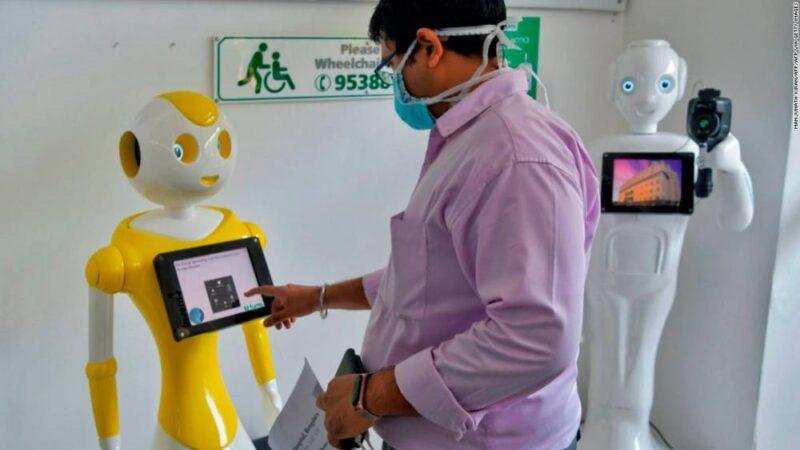
Photos: The robots that are doing good “Mitra,” developed by Invento Robotics, at work at at Fortis hospital in Bangalore. Scroll through the gallery for more examples of robots that are doing good.Hide Caption 1 of 11
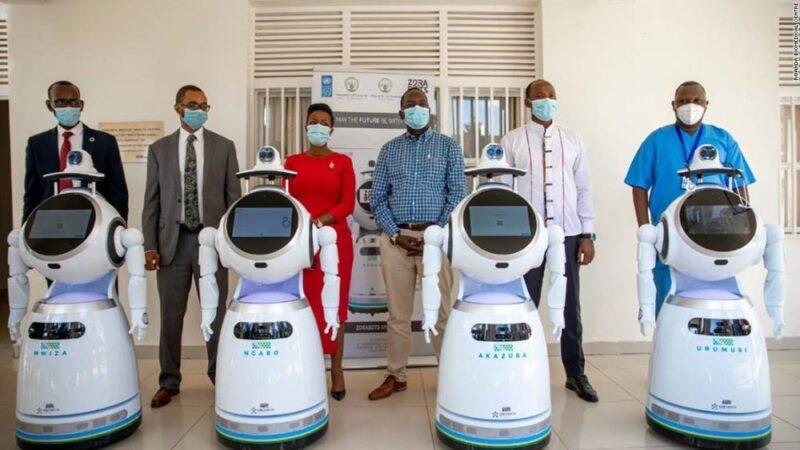
Photos: The robots that are doing good These robots were donated by the United Nations Development Program (UNDP) to Rwanda, to help fight the spread of coronavirus. They are used for temperature screening, monitoring the status of patients, and keeping medical records, according to Rwanda’s Ministry of ICT and Innovation.Hide Caption 2 of 11
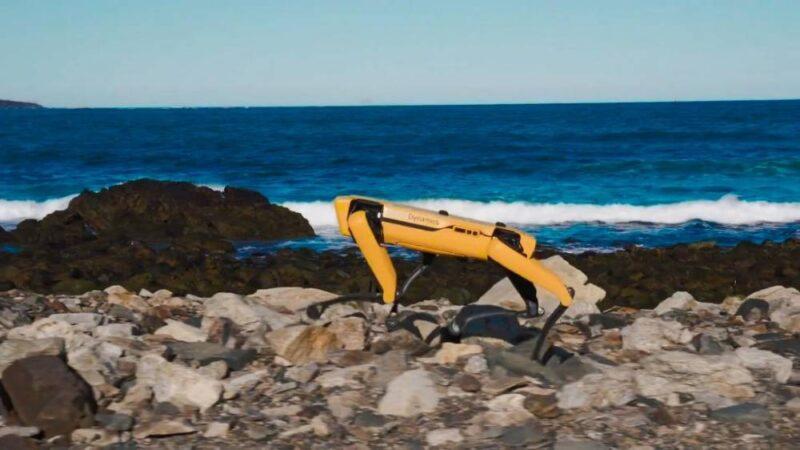
Photos: The robots that are doing good Boston Dynamics first introduced “Spot,” the robot dog pictured here, in 2015, when it was still in development. During the coronavirus pandemic, researchers have modified “Spot” to measure patients’ vital signs. The aim is to remove the risk of health workers being exposed to patients showing Covid-19 symptoms.Hide Caption 3 of 11
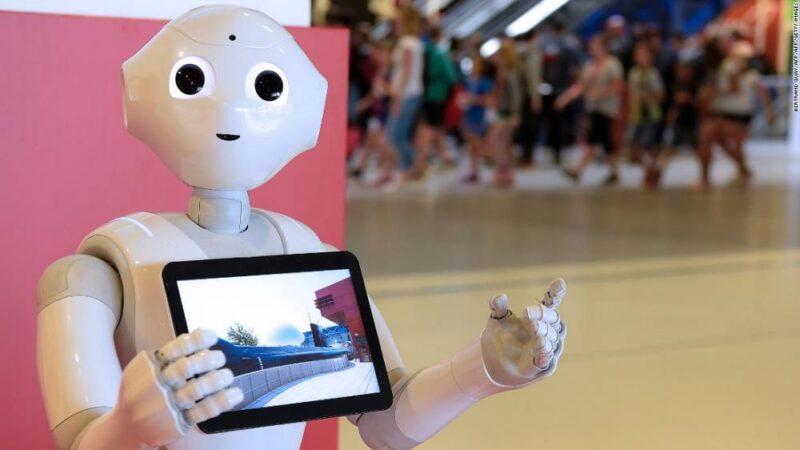
Photos: The robots that are doing good Developed by Softbank, this robot is called “Pepper” — designed to be able to respond to the needs and preferences of people from different cultures. To see whether Pepper could help fight loneliness in older people, a study was conducted with care home residents in Britain and Japan. Researchers found people who interacted with it for up to 18 hours over a two-week period “saw significant improvement to their mental health.”Hide Caption 4 of 11
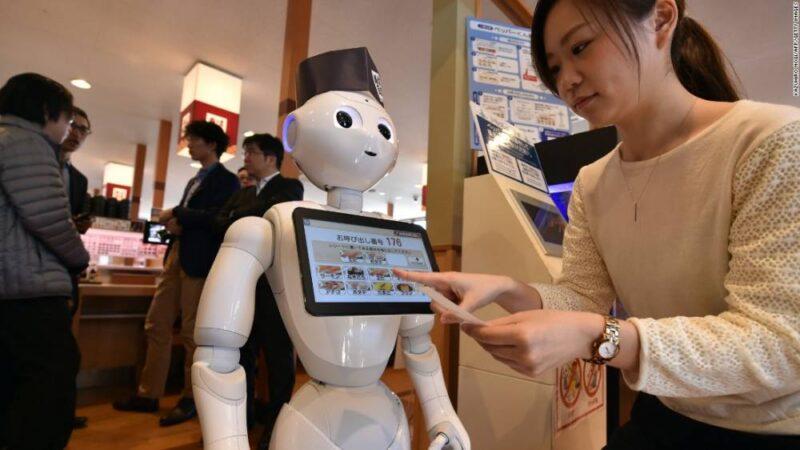
Photos: The robots that are doing good “Pepper” has also been used in Hamazushi, a sushi restaurant chain in Japan. It demonstrated that the robots can handle services like receiving and helping customers to their tables.Hide Caption 5 of 11
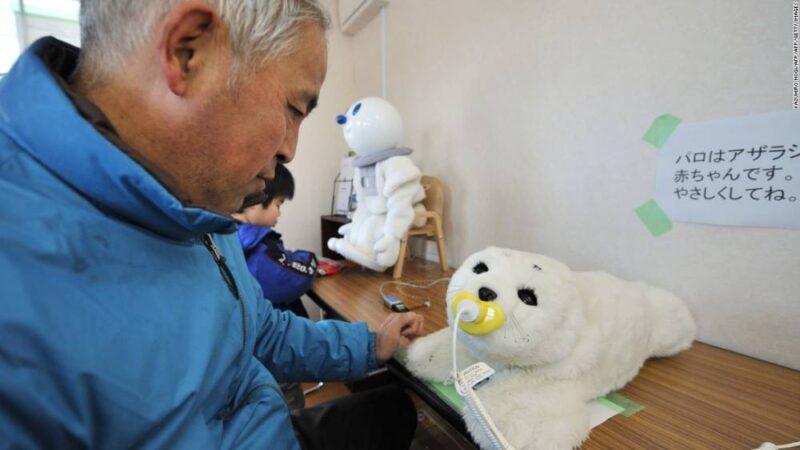
Photos: The robots that are doing good Also in Japan, “Paro,” the therapeutic robot baby seal, has been used to comfort people affected by disasters, as well as the elderly and disabled. It was designed to provide the soothing qualities of a pet and was developed by Japan’s National institute of Advanced Industrial Science and Technology.Hide Caption 6 of 11
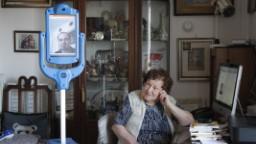
Photos: The robots that are doing good This Italian woman is being assisted by the Giraffplus robot carer at her Rome apartment. The Giraffplus is connected to sensors that measure indicators such as blood pressure and communicate with medical staff. Hide Caption 7 of 11
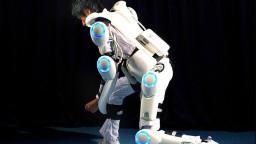
Photos: The robots that are doing good To help elderly and disabled people with lifting, Japanese company Cyberdyne developed a Hybrid Assistive Limb (HAL) suit, shown here. Hide Caption 8 of 11
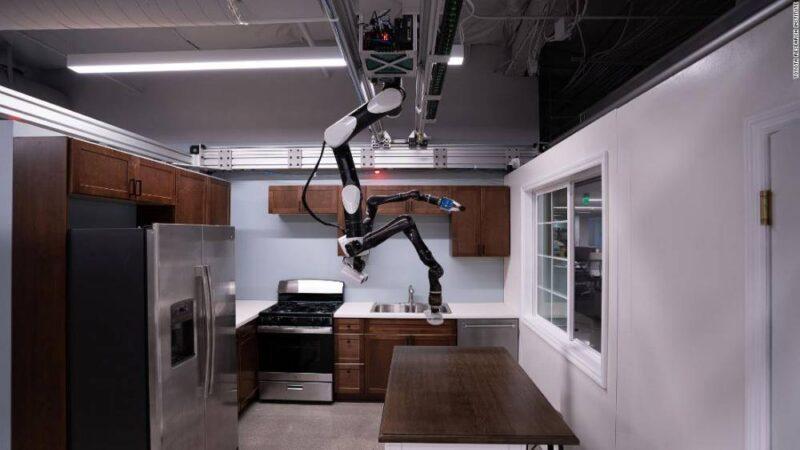
Photos: The robots that are doing good Toyota Research Institute (TRI) is developing human-assist robots in its labs in California. This “gantry robot” is adapted for the home from a style more often seen in assembly and manufacturing lines. Since these robots hang from the ceiling like a bat, they save floor space and can reach other machines and parts easily from above. This TRI robot is able to complete tasks such as loading the dishwasher. Hide Caption 9 of 11
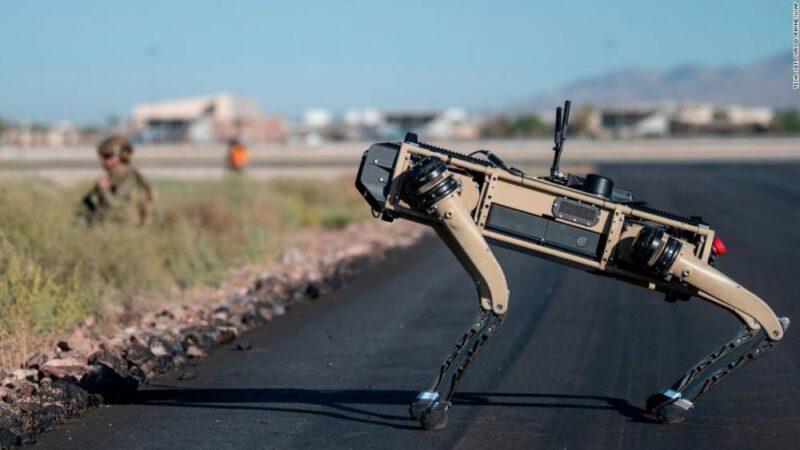
Photos: The robots that are doing good Soon, robot “dogs” may also join the US Air Force. In an exercise, these robots were sent outside the aircraft to scout for threats before the humans inside would be exposed to them. This Ghost Robotics Vision 60 prototype operates at Nellis Air Force Base, Nevada. Hide Caption 10 of 11
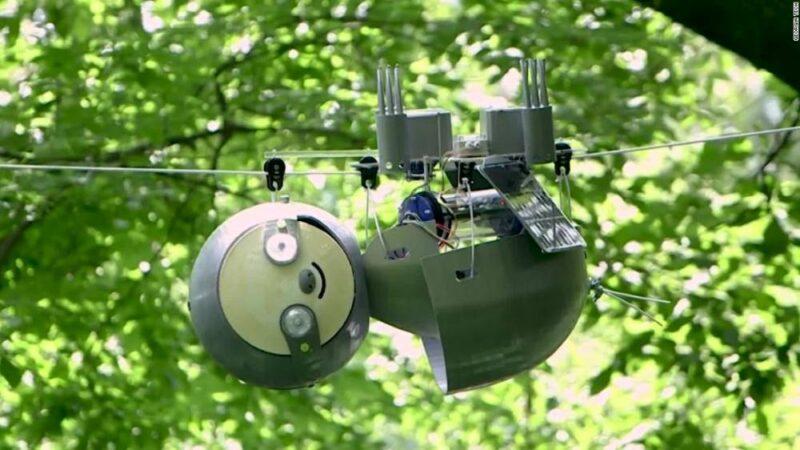
Photos: The robots that are doing good Suspended by cables in the tree canopy high above the Atlanta Botanical Garden in the US state of Georgia, this SlothBot is full of sensors taking readings on everything from temperature, humidity, air quality and carbon dioxide levels. Developed by Georgia Tech, this robot is helping us to measure changes in our climate.Hide Caption 11 of 11
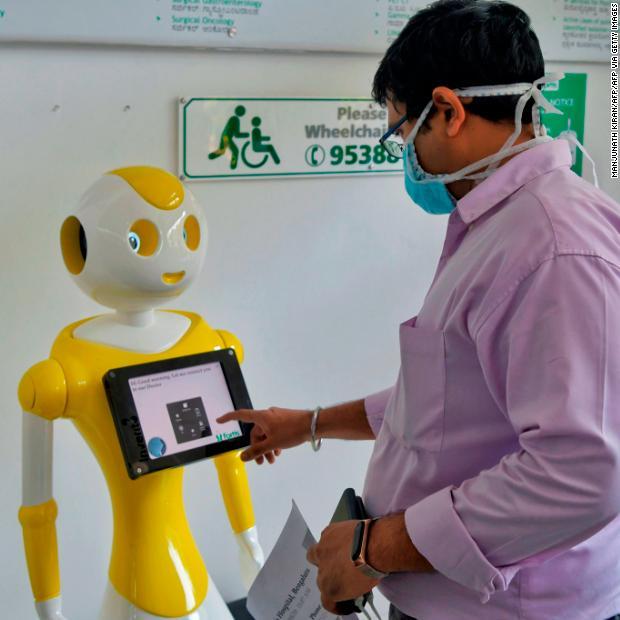
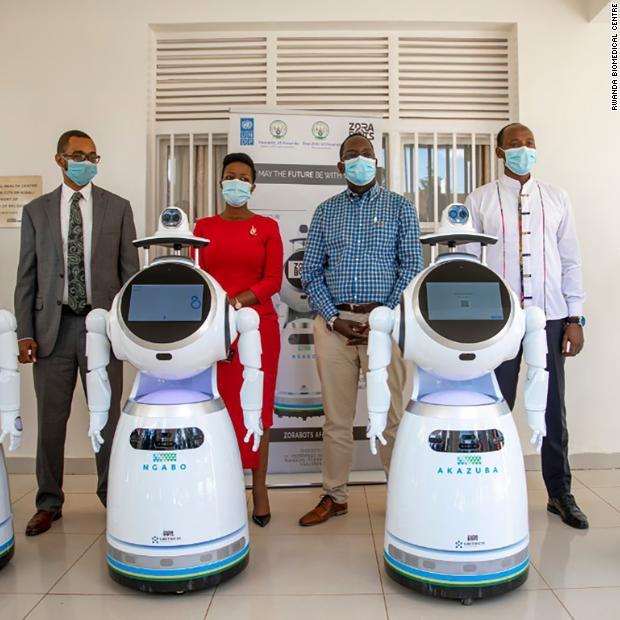
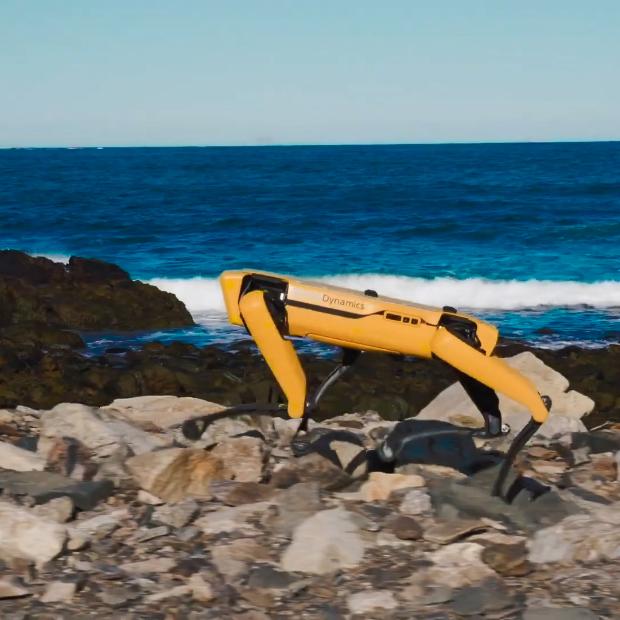
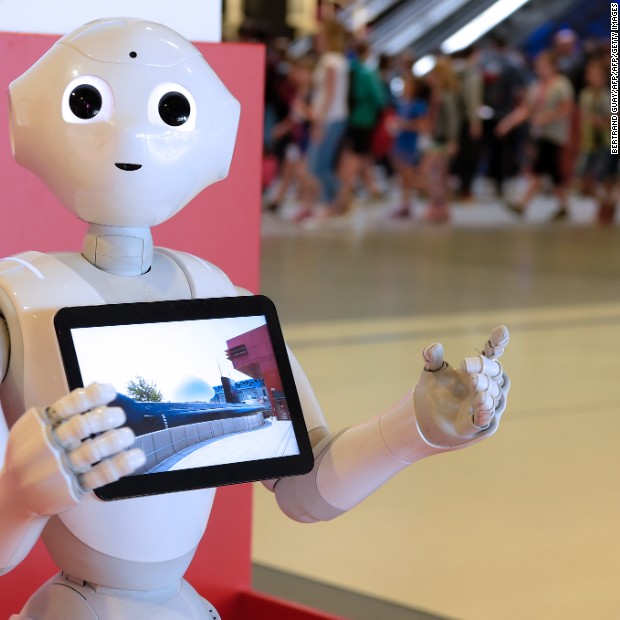
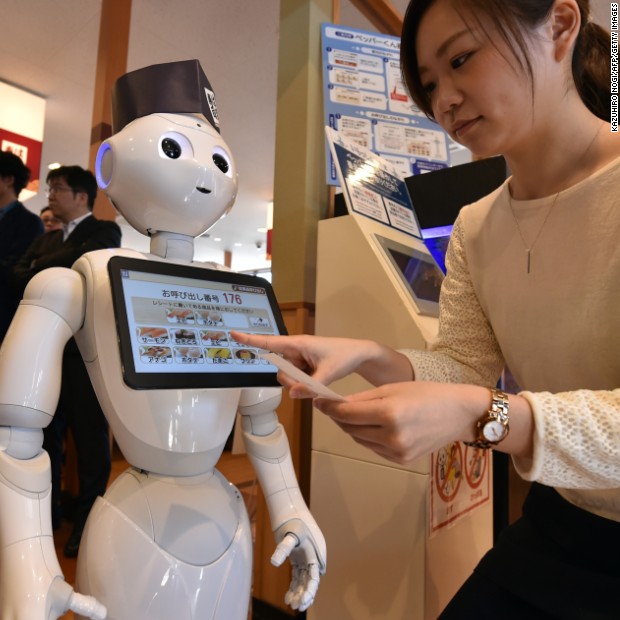
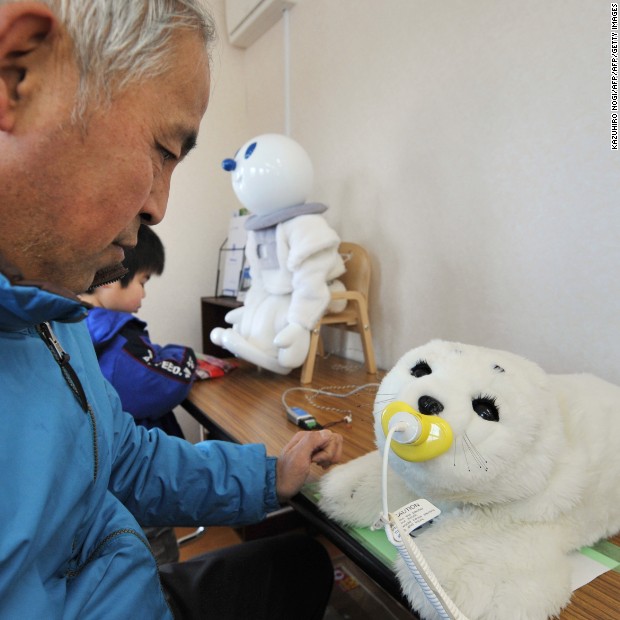


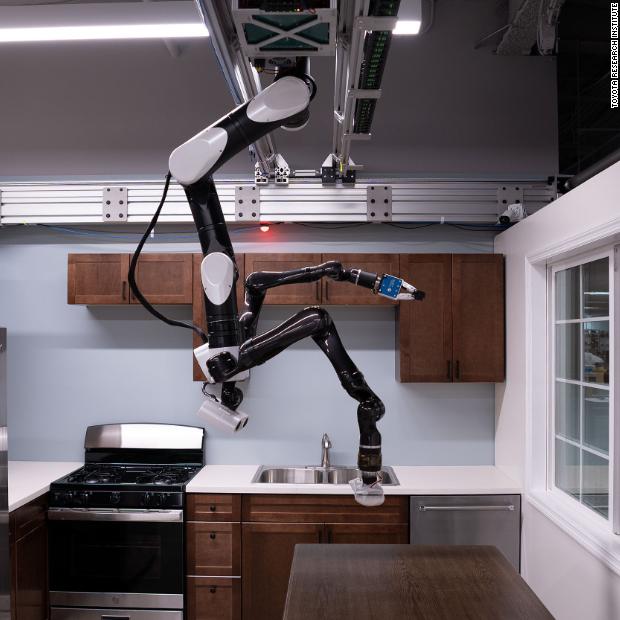
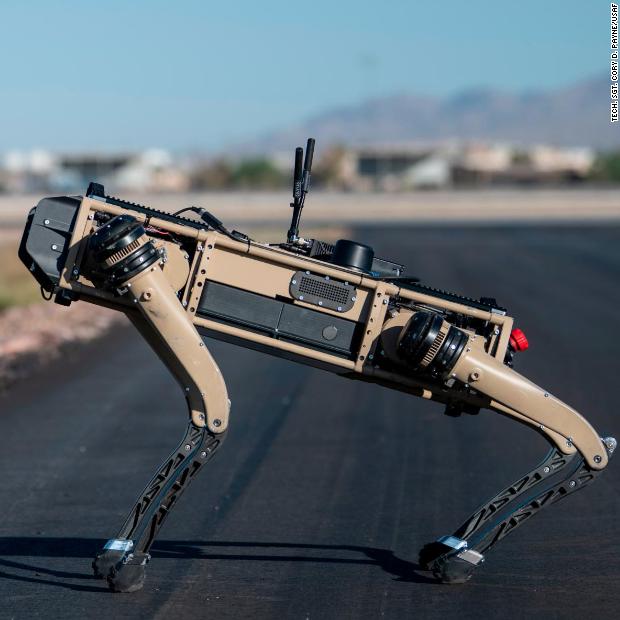
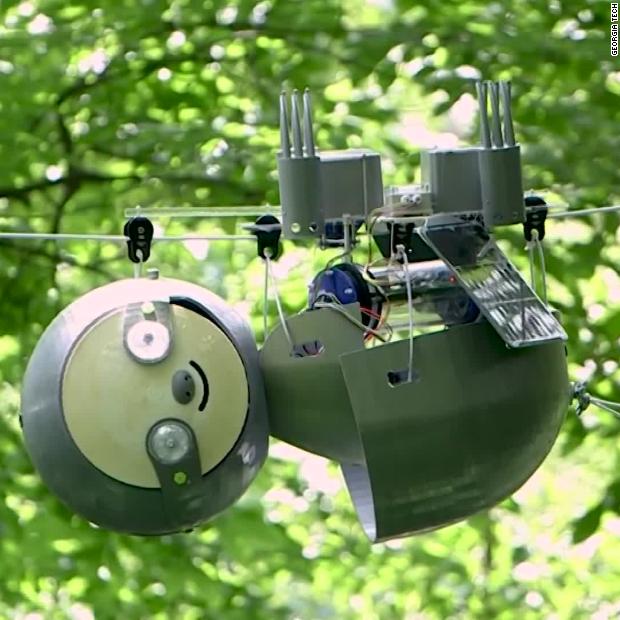
So they started supplying banks, including India’s HDFC (HDB) and Standard Chartered (SCBFF) in Qatar, with robots who could identify visitors, print passes and take customer feedback.”Two years ago, there was not much interest on the healthcare side,” says Viswanathan. “When coronavirus hit, hospitals finally understood what we were talking about.” India has had more than 8 million cases of coronavirus, and more than 120,000 deaths. Hospitals have struggled to cope, and Invento isn’t the only robotics company that is helping out. Milagrow Robotics specializes in home cleaning robots, but has deployed five humanoid cleaning robots to Indian hospitals during the pandemic, while Kerala-based Asimov Robotics has created a robot to dispense medicine and clean up after patients.Producing robots during the pandemic has been challenging, says Viswanathan.
When India went into lockdown in March, non-essential businesses closed and his company struggled to secure materials from suppliers. “There was a three to four-month delay. Manufacturing was a huge headache,” he adds.But his company is starting to deliver on its mission of improving patient care. “That is where our heart is,” Viswanathan says.
Source: edition.cnn.com

